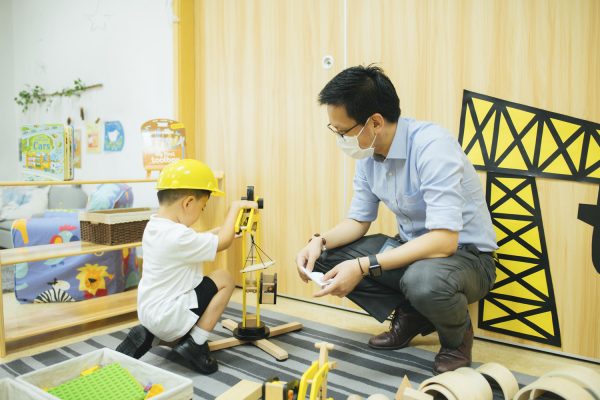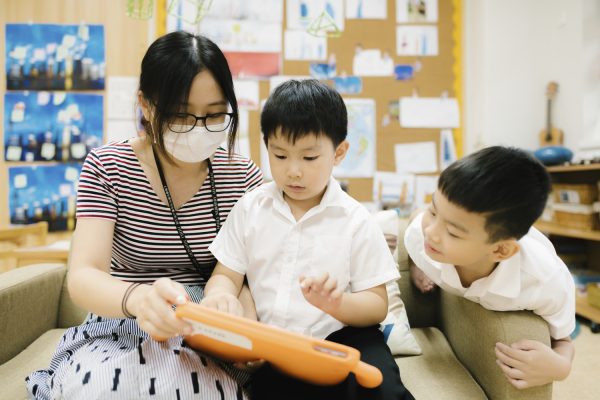
I am often met with a look of disbelief when I ask grown-ups to turn their phones to silent and put them away. My request, regardless of friendly tone or facial expression is generally mirrored with mild embarrassment or sometimes complete bewilderment. Afterall, there is so much to be documented in a nursery – be it photographing or videoing what is going on, making a brief phone call, or sending a quick WeChat message to provide an update. There’s so much life to be recorded, so that it can be shared with others. We all know the rules: no phones allowed; we are a mobile free zone.So why stop people having fun? Where’s the harm?
01 The first and most important message to convey is that we don’t do it to spoil or taint anyone’s experience. We understand and appreciate that people are so happy with what they see that they want to capture it so that lasts forever.
Memories are made at nursery and every parent and family member has a desire to share their memories with others. However, we want every child to have the undivided attention of whomever brings them to and picks them up from nursery.
Moreover, we wish those children who are new to the experience of nursery to feel safe and secure. Having a stranger taking photos of them because they are in the proximity of another child can be very unnerving and make settling in a harder task.

Our mission during the early days of a new academic year is to maximise the potential for every child to feel a sense of security and safety. Settling into a new routine after the summer break takes time, therefore we aim to minimise anything that increases potential stresses on the children. The youngest have the added emotional job of forming secondary attachments outside of the family, which requires patience, calm and consistency from everyone involved. 02 Consistency of behaviours and routines are essential in helping children to settle into life at nursery. They thrive when they know what is to be expected. Once routines become embedded and security levels are high, children demonstrate courage in trying new experiences, having a go at different challenges, demonstrating increasing resilience and perseverance with each passing day. 
Routines are prompted by visual cues, to ensure a thorough understanding of the daily goings-on. It doesn’t take long for these to become embedded, providing consistency is maintained. Before you know it, you’ll be so busy listening to the tales of the day, of what might happen, of what has been discovered and learnt, that there’ll be no time for anything else. 03 Underpinning routines and practice are a wealth of policies and regulations that support everything that happens throughout the day. From safeguarding and child protection to intimate care, the commitment to keeping children safe in early years is clearly articulated. Safeguarding posters remind parents of who to contact should they have a concern at any level. Intimate care posters are clearly displayed in every bathroom, so that all adults have a thorough knowledge of protocol and practice. 
